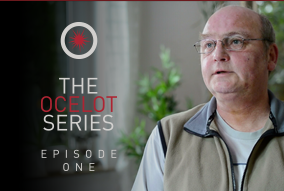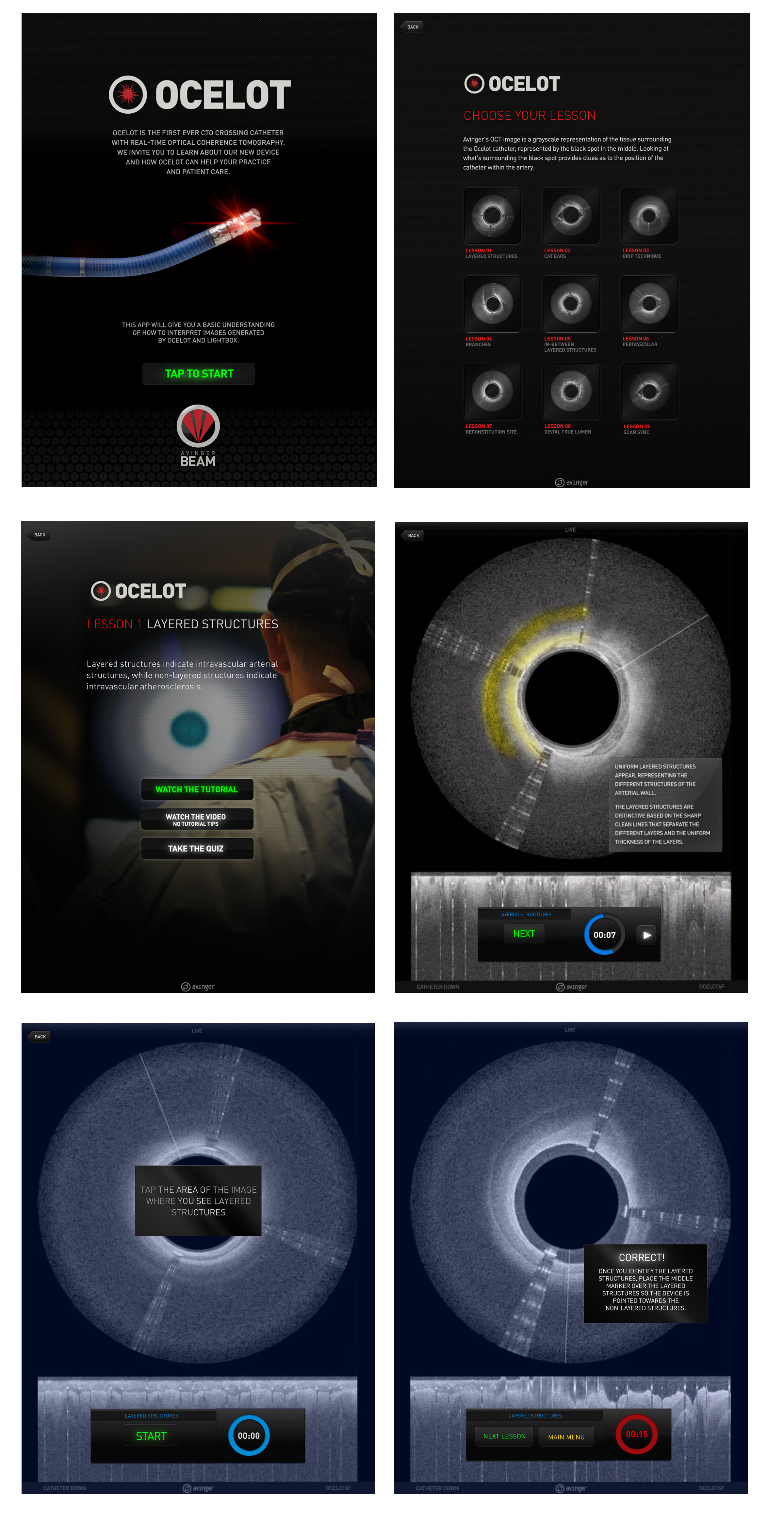Sometimes, and only sometimes, we think it’d be nice to clone people.
Take, for example, Avinger CEO Dr. John B. Simpson. He invented a revolutionary tool called Ocelot that’s able to cut through plaque in patients with peripheral artery disease, which prevents doctors from having to amputate patients’ legs. Thanks to Doc Simpson, our client Avinger has saved 7,900 limbs and counting. Like Manfred Selenschik’s. He lives in Muenster, Germany, and can now walk pain-free.
Click to hear Manfred’s story.
Ocelot relies on a real-time intravascular imaging technology called Optical Coherence Tomography. Basically, it uses a camera as thin as a strand of hair to give doctors a direct view inside the artery they’re working on.
If you’re feeling horribly confused, imagine being the doctor who’s about to use this thing. As you might guess, learning to use Ocelot is a tad bit trickier than tying Velcro shoes. In the past, Dr. Simpson would be present at every operation to ensure it went smoothly. Now if we could clone the man, we would in a heartbeat. (We would also clone Jon Hamm a couple times.) But these days, an app seems to fix everything. So we built one.
The iPad app, called Avinger Beam, is a series of tutorials that teach you how to interpret OCT images. Which is basically a giant video game and makes us feel like we’re submarine captains in WWI. Captains fighting arterial plaque, of course. Beam shows you how to identify where the plaque is; then you get quizzed and it tells you if you’re right. (Or wrong, hopeless slackers. You are so not getting recess today.)
The interface is Avinger-slick, black, bold, and extremely easy to navigate. Not bad, eh? In the meantime, we’ll work on 3D printing Dr. Simpson.


Post a Comment